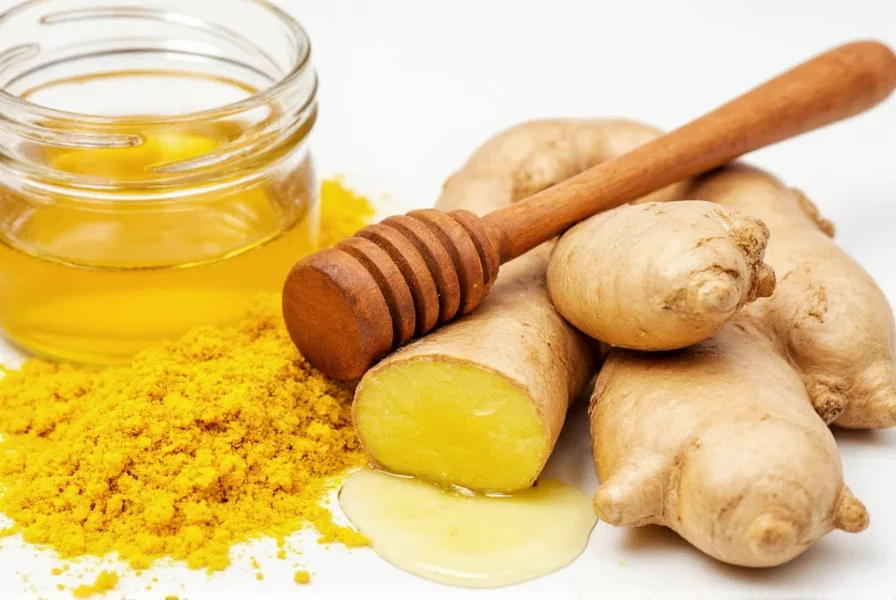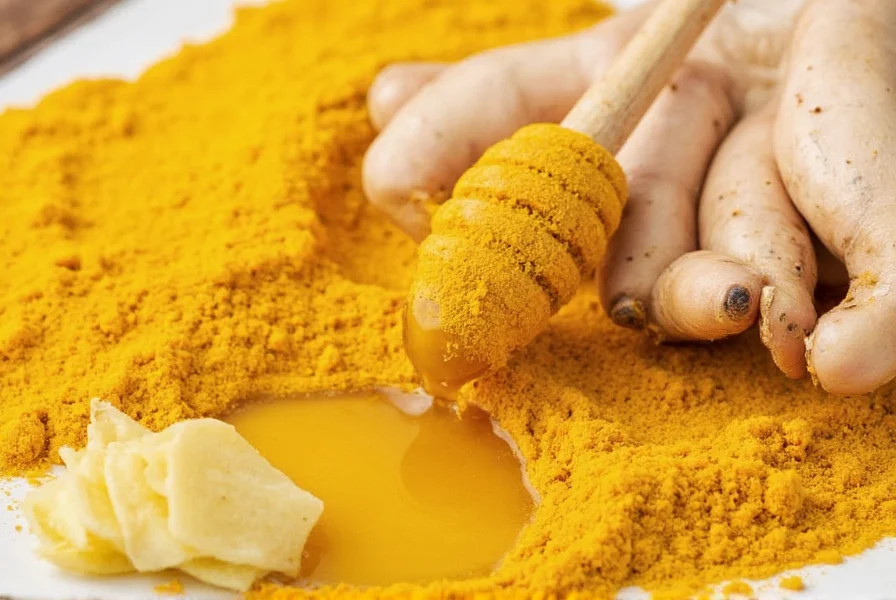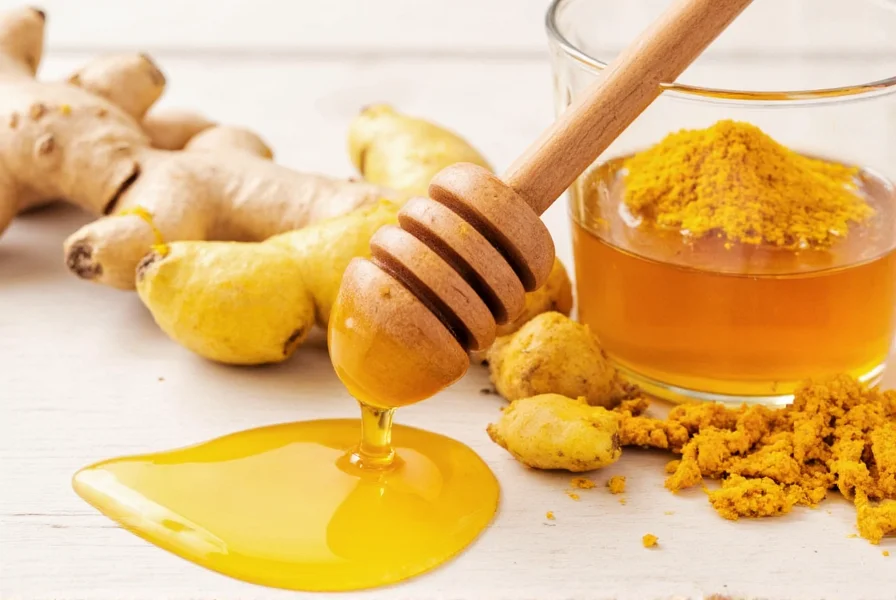For centuries, cultures worldwide have utilized the honey turmeric ginger combination as part of traditional wellness practices. Modern research increasingly validates many of these traditional uses while clarifying appropriate expectations. This comprehensive guide examines the scientific evidence behind this popular natural remedy blend, proper preparation methods, and realistic benefits you can expect.
Understanding the Individual Components
Each ingredient in the honey turmeric ginger trio brings unique properties that contribute to their combined effects. Understanding these individual components helps explain why this particular combination has endured across cultures and time periods.
Honey: Nature's Preservative and Antioxidant
Raw, unprocessed honey contains over 200 compounds including enzymes, vitamins, minerals, and antioxidants. Research published in Oxidative Medicine and Cellular Longevity demonstrates honey's significant antioxidant capacity, which helps combat oxidative stress in the body. Unlike refined sugars, quality honey maintains beneficial compounds that contribute to its traditional uses for throat soothing and wound healing.

Turmeric: The Golden Spice with Curcumin
Turmeric's primary active compound, curcumin, has been the subject of over 12,000 peer-reviewed studies. According to research in the Journal of Medicinal Food, curcumin demonstrates potent anti-inflammatory effects by inhibiting multiple inflammation pathways. However, curcumin has low bioavailability on its own, which explains why traditional preparations often combine it with black pepper (containing piperine) and healthy fats to enhance absorption by up to 2,000%.
Ginger: The Digestive Aid with Gingerols
Ginger contains bioactive compounds called gingerols that give it distinctive flavor and potential health properties. A systematic review in Nutrition Journal found ginger demonstrates significant anti-nausea effects and may support healthy digestion. The compound 6-gingerol specifically shows promise for inflammation management according to laboratory studies.
Scientific Evidence for the Honey Turmeric Ginger Combination
While research specifically on the honey turmeric ginger combination is limited, studies on the individual components and similar formulations provide valuable insights. The synergy between these ingredients appears to enhance their individual benefits through complementary mechanisms.
| Benefit Category | Supporting Evidence | Research Status |
|---|---|---|
| Anti-inflammatory effects | Multiple studies show curcumin and gingerols inhibit inflammatory pathways | Strong laboratory evidence, moderate clinical evidence |
| Antioxidant capacity | Honey and turmeric both demonstrate significant free radical scavenging | Strong laboratory evidence |
| Digestive support | Ginger shows promise for nausea relief and motility support | Moderate clinical evidence |
| Immune modulation | Preliminary research suggests potential immune-regulating properties | Limited clinical evidence |
Traditional Preparation Methods and Modern Adaptations
The traditional preparation of honey turmeric ginger follows specific methods designed to maximize benefits while ensuring safety. Modern adaptations maintain these core principles while accommodating contemporary lifestyles.
Golden Honey Turmeric Ginger Recipe
To prepare a basic honey turmeric ginger blend:
- Finely grate 1-2 inches of fresh ginger root
- Grate 1-2 inches of fresh turmeric root (wear gloves to prevent staining)
- Mix with 1 cup of raw, unprocessed honey
- Add 1/4 teaspoon black pepper to enhance curcumin absorption
- Store in an airtight container at room temperature for 2 weeks to allow infusion
This preparation method for honey turmeric ginger with black pepper creates a blend that maintains stability while maximizing potential benefits. The honey acts as both a preservative and delivery mechanism for the fat-soluble curcumin.

Realistic Benefits and Appropriate Usage
Understanding what honey turmeric ginger can and cannot do is crucial for setting appropriate expectations. This natural blend offers potential supportive benefits but should not replace medical treatment for serious conditions.
Daily Usage Recommendations
For general wellness support, many traditional practitioners recommend:
- 1 teaspoon of honey turmeric ginger mixture once daily
- Mixed into warm (not boiling) water or tea to preserve beneficial compounds
- Consumed with a small amount of healthy fat (like coconut oil) to further enhance absorption
Those exploring how to use turmeric ginger honey for specific wellness goals should consult with a healthcare provider familiar with botanical medicine to determine appropriate dosage and duration.
Safety Considerations and Potential Interactions
While generally considered safe for most people, honey turmeric ginger may not be appropriate for everyone. Understanding potential concerns helps ensure safe usage.
Important Precautions
- Individuals taking blood thinners should consult a healthcare provider before regular consumption, as both turmeric and ginger may affect blood clotting
- Those with gallbladder issues should exercise caution with turmeric
- People with diabetes should monitor blood sugar when using honey-based preparations
- Pregnant women should consult their healthcare provider before regular use
When prepared properly as honey turmeric ginger with black pepper, this blend typically causes few side effects at recommended doses. Some people may experience mild digestive upset when first introducing these ingredients.
Comparing Honey Turmeric Ginger to Other Natural Remedies
The honey turmeric ginger combination occupies a specific niche among natural wellness approaches. Understanding how it compares to similar preparations helps determine when it might be most appropriate.
Unlike single-ingredient supplements, this blend leverages potential synergistic effects between components. The honey provides preservation and palatability, while the turmeric and ginger offer complementary bioactive compounds. This creates a preparation with broader potential applications than any single ingredient alone.
Conclusion: A Balanced Perspective on Honey Turmeric Ginger
The honey turmeric ginger combination represents a time-tested approach to wellness that modern research increasingly supports. While not a cure-all, this blend offers potential benefits for inflammation management, digestive support, and antioxidant protection when used appropriately as part of a balanced lifestyle.
Those interested in traditional uses of honey turmeric ginger should approach it with realistic expectations, understanding that natural remedies typically work gradually and supportively rather than providing immediate cures. Proper preparation following traditional methods enhances both safety and potential effectiveness.











 浙公网安备
33010002000092号
浙公网安备
33010002000092号 浙B2-20120091-4
浙B2-20120091-4